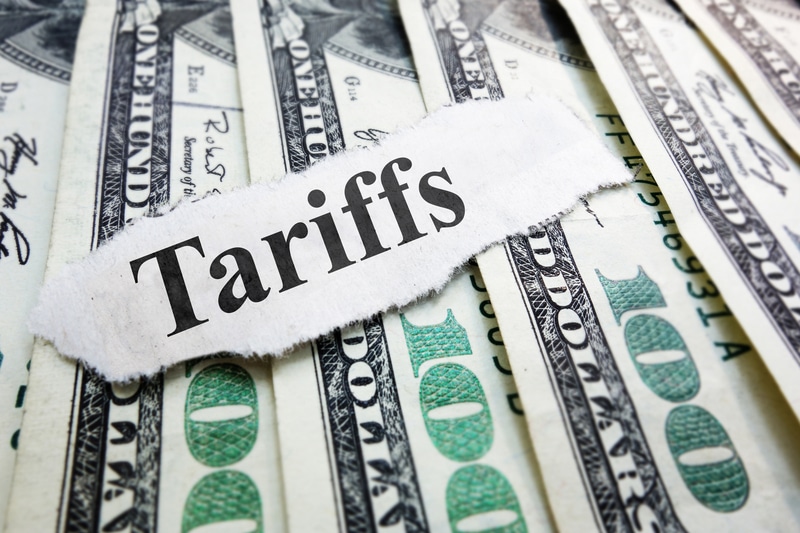From pv magazine global
The hot brine in a vast underground reserve under the Salton Sea in California probably contains enough lithium to build 375 million batteries for electric vehicles (EVs), according to “Characterizing the Geothermal Lithium Resource at the Salton Sea,” a new report by the US Department of Energy’s Lawrence Berkeley National Laboratory. The researchers attempted to thoroughly quantify the amount of lithium that the deep subsurface geothermal reservoir of the lake could contain.
The study also notes the advantage that this type of lithium extraction is accompanied by the production of geothermal energy, which combines the production of renewable energy with the generation of materials to promote the development of electric vehicles.
“This is one of the largest lithium brine deposits in the world,” said Michael McKibben, a geochemistry professor at the University of California, Riverside, and one of the report’s 22 authors. “This could make the United States completely self-sufficient in lithium and stop importing it through China.”
The Salton Sea Geothermal Resource Area currently has approximately 400 MW of geothermal generation capacity installed, and is estimated to have the potential for up to 2,950 MW. It is estimated that the currently proposed geothermal energy and lithium recovery operations would require around 3% of the historically available water in the region.
The land beneath the Salton Sea is owned by three entities: the federal government, the Imperial Irrigation District of California and the Cahuilla Indians of the Torres Martínez Desert.
In January 2023, electric vehicle battery maker Statevolt acquired 135 acres in Imperial Valley, California, near the Salton Sea, where it plans to build a 54 GWh lithium-ion battery gigafactory, capable of producing enough batteries to power 650,000 electric vehicles per year.




